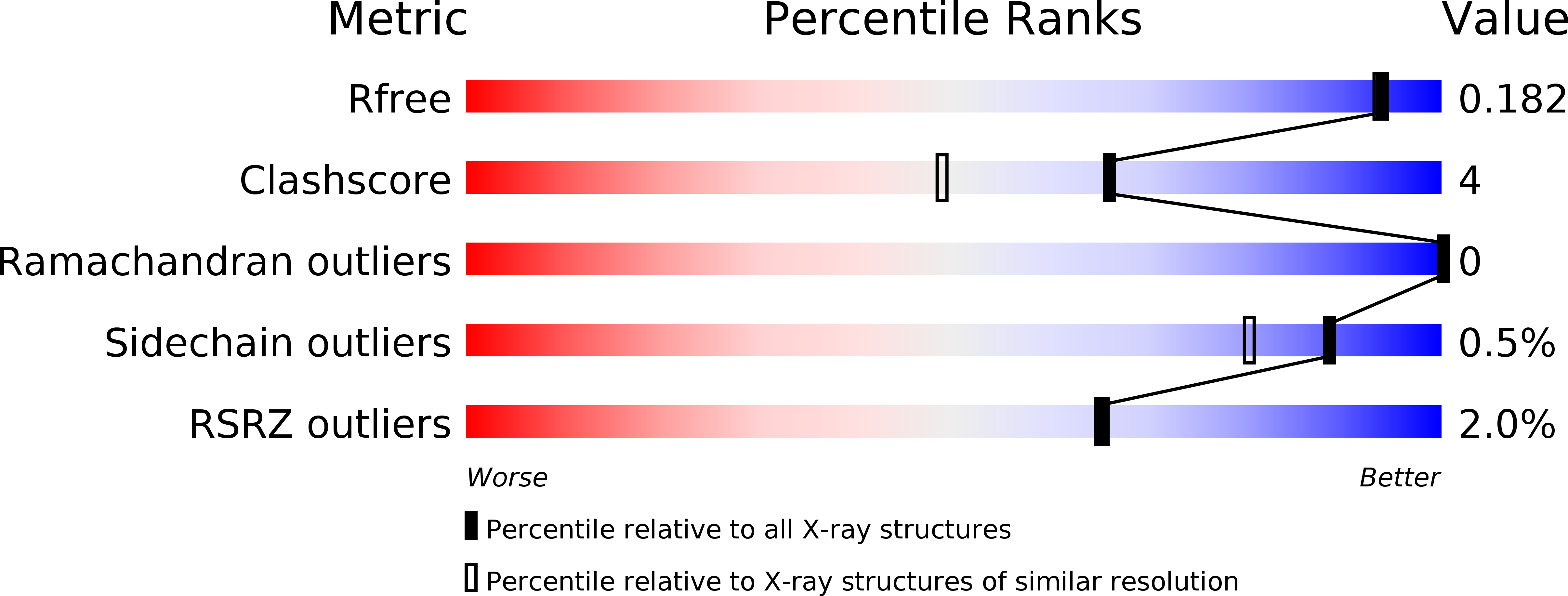
Deposition Date
2009-03-27
Release Date
2009-06-30
Last Version Date
2024-11-06
Entry Detail
PDB ID:
3GSY
Keywords:
Title:
Structure of berberine bridge enzyme in complex with dehydroscoulerine
Biological Source:
Source Organism:
Eschscholzia californica (Taxon ID: 3467)
Host Organism:
Method Details:
Experimental Method:
Resolution:
1.63 Å
R-Value Free:
0.18
R-Value Work:
0.16
R-Value Observed:
0.16
Space Group:
P 41 21 2


